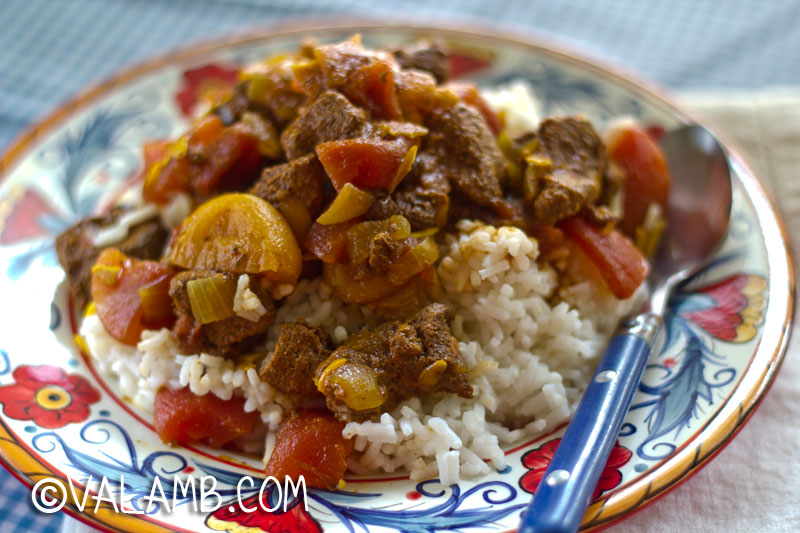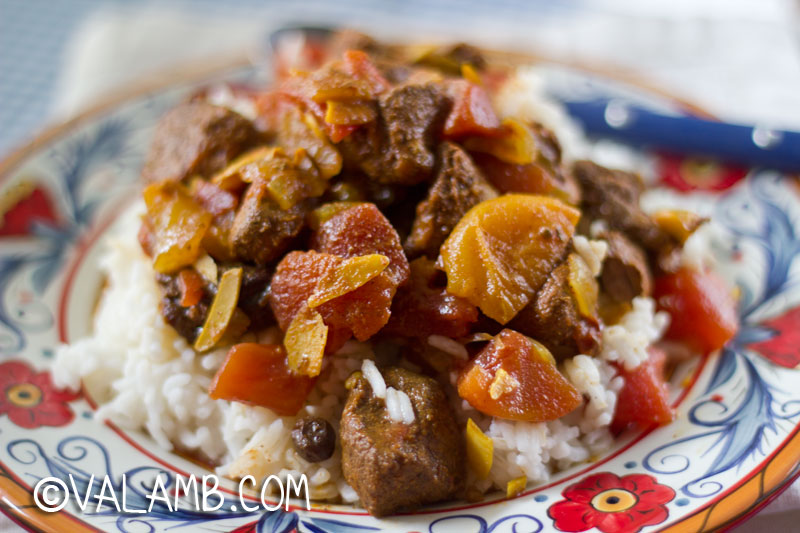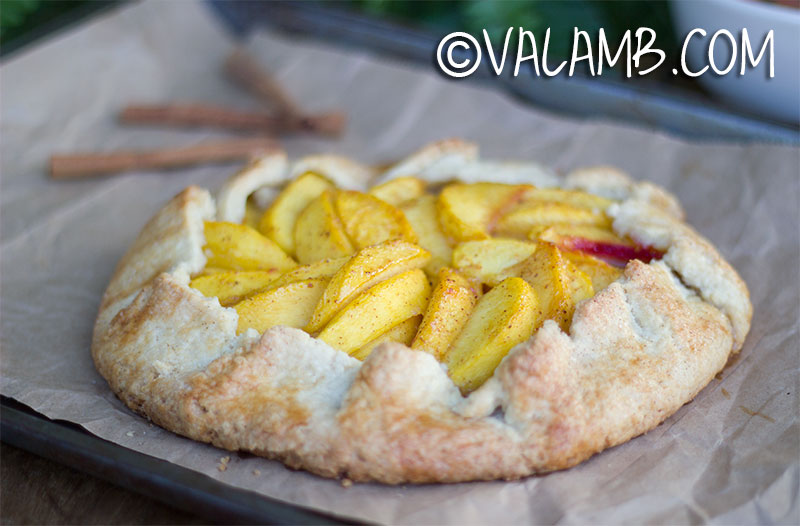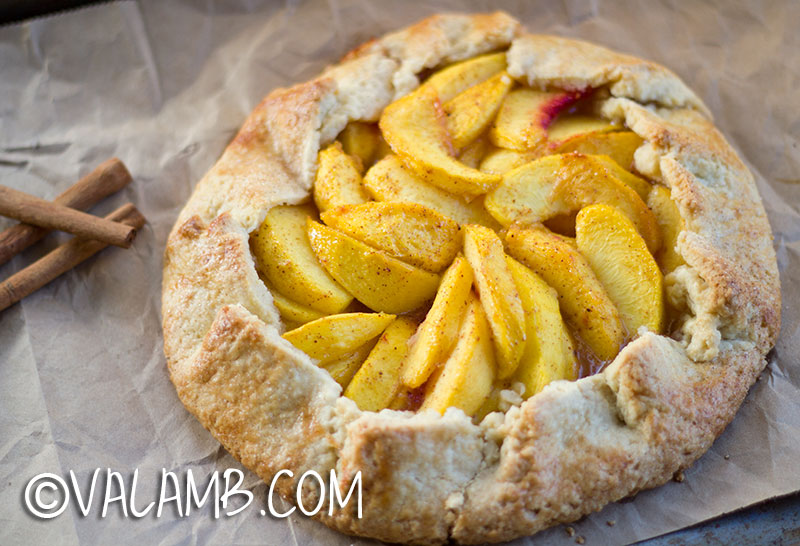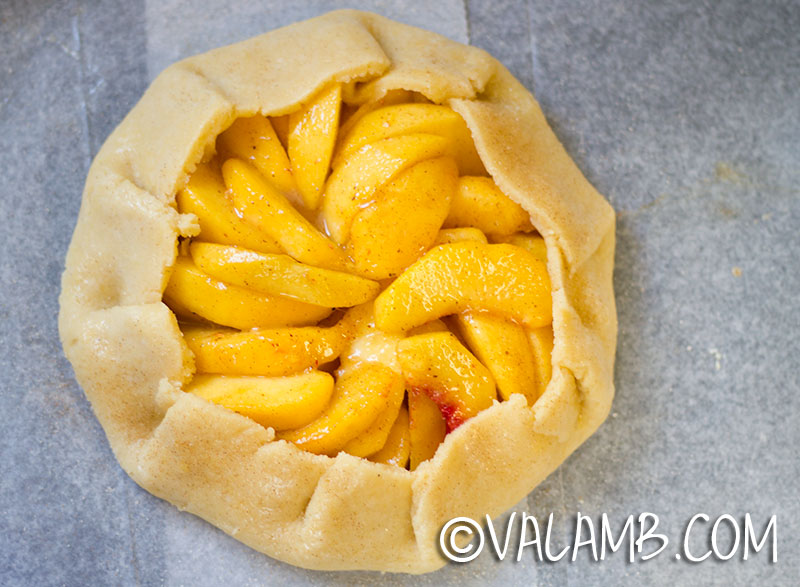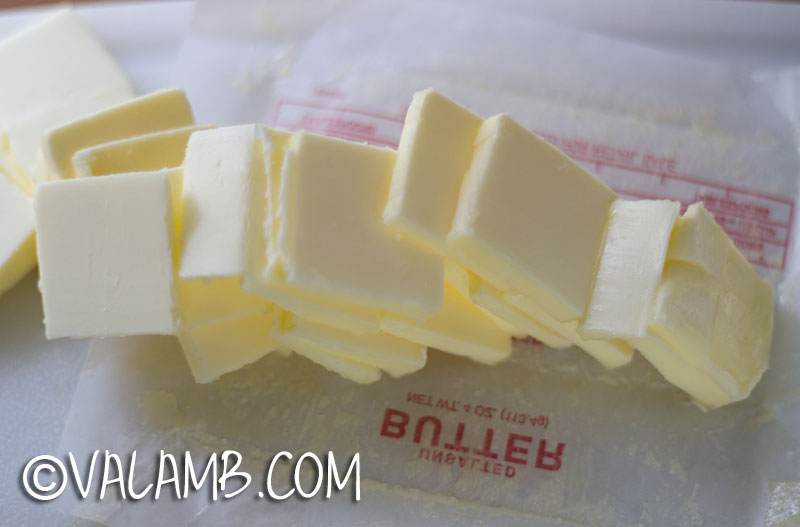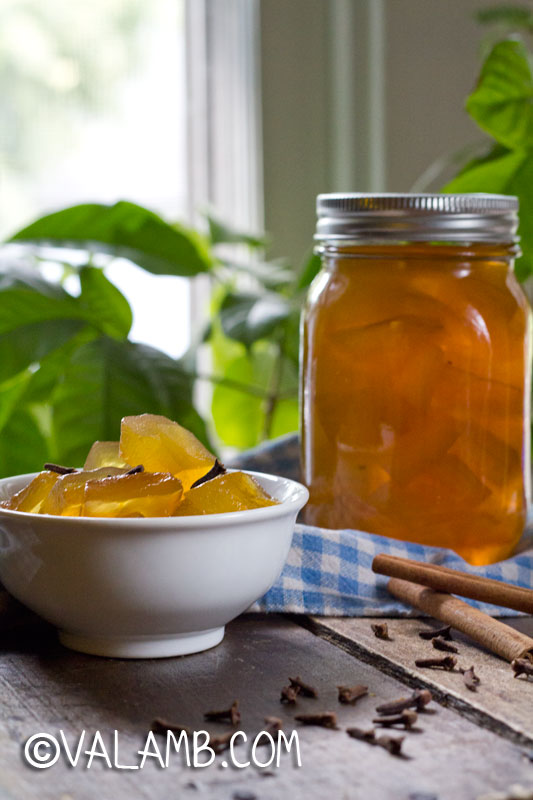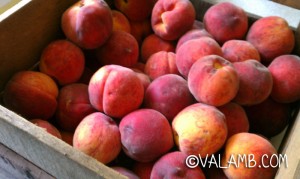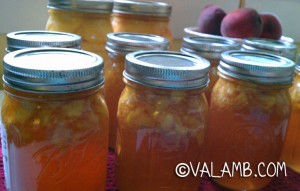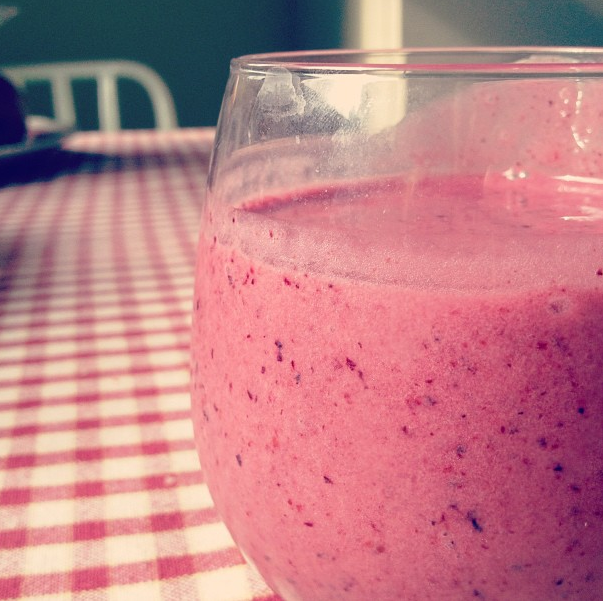 Okay, enough already! I have been fighting a cold all week and today, finally, I decided to put my foot down! No more.
Okay, enough already! I have been fighting a cold all week and today, finally, I decided to put my foot down! No more.
I have seen my share of doctors the past couple of months and greatly appreciate their services. I wouldn’t be walking limp free without a very wonderful doctor. But I am a bit tired of the eye rolls I get whenever I discuss nutrition or more natural alternatives instead of prescription medications.
My rheumatologist won’t even consider that my RA could be linked to food or at least minimized by eating/omitting certain foods. A physician assistant recently totally ignored my excited report that chamomile tea bags helped calm a rash I had on the top of my foot. One that appears only on my foot that was operated on… AND one that three doctors have given me three different diagnosis for. It’s crazy that the daily news is full of all the foods we should and shouldn’t eat, yet repeatedly I run into medical professionals who won’t even listen to the effects of food on one’s energy level, mood, and overall feeling of well-being from the one person who spends 24/7 in my body… ME.
So to that end, I have decided to bombard my cold with nutrition! And what better way to start than with a healthy smoothie.
Good Start Smoothie
Strawberries: Contain Folate and Potassium as well as a very good source of Dietary Fiber, Vitamin C and Manganese.
Blueberries: Another good source of Dietary Fiber and Manganese and packed with Vitamin C. Blueberries are known for their polyphenols – which have both antioxidant and anti-inflammatory properties.
Elderberries: Contain an astounding 60% of Vitamin C, 12% of Vitamin A, 11% of Vitamin B6, as well as Thiamin and Riboflavin. They have powerful antiviral and anti-inflammatory properties thought to sooth coughs, sore throats, bronchial infections and to make sinus conditions looser.
Yogurt: Contains Calcium and Vitamin D along with good bacteria for the digestive tract. (Could easily be omitted. I add yogurt for a smoother texture and to be sure I am getting a dose of my daily calcium.)
Orange Juice: Contains Thiamin, Folate and Potassium and is a very good source of Vitamin C.
Banana: A good source of Dietary Fiber, Vitamin C, Potassium and Manganese, and very high in Vitamin B6.
- ½ banana
- 2 handfuls of frozen strawberries
- 1 handful of frozen blueberries
- 3 tablespoons of organic yogurt
- ¼ cup elderberry syrup
- ½ cup orange juice
- Starting with banana and add all ingredients to blender. Blend until completely smooth. Add more orange juice as necessary for desired consistency.
